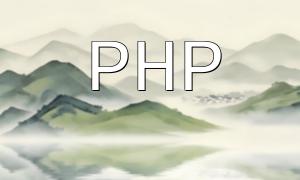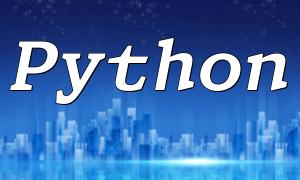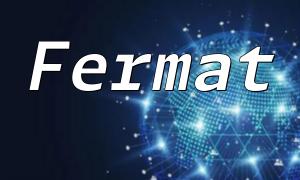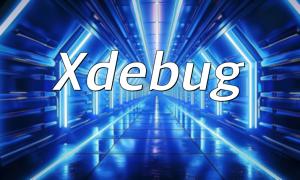Xvfb (X Virtual Frame Buffer) is a tool that allows you to create a virtual display environment without requiring physical monitors, making it ideal for running graphical applications in headless mode. PHP, as a server-side scripting language, is widely used in many web development projects. In this article, we will explore how to combine Xvfb with PHP to run graphical applications in an environment without a graphical user interface.
PHP typically does not involve graphics or user interfaces. Many PHP-based web applications rely on popular web frameworks (such as Laravel, Symfony, etc.) to provide graphical interface support. However, there are times when we need to run graphical applications on a server environment without a graphical interface, and this is where Xvfb comes into play.
With Xvfb, we can simulate a display device in memory and run any graphical application without requiring physical hardware. By combining PHP scripts, we can execute graphical applications directly on the server, opening up new possibilities for web development.
Before using Xvfb with PHP, we first need to install Xvfb on the server. Below are the installation steps for Ubuntu:
sudo apt-get update
This will update the available package list.
sudo apt-get install xvfb
This command will install the Xvfb tool.
To use Xvfb in PHP, we need to start a virtual display server. We can achieve this using the shell_exec() function in PHP to run the necessary shell command. Here’s an example:
<?php $display = ':99'; shell_exec( "Xvfb $display -screen 0 1024x768x16 &" ); ?>
In the code above, we create a new virtual display device with display number 99 and a resolution of 1024x768. The “&” symbol at the end of the command ensures that it runs in the background.
Once the Xvfb server is running, we can use the display number to run any graphical application. Here’s another example where we use the virtual display to run xterm:
<?php $display = ':99'; shell_exec( "DISPLAY=$display xterm &" ); ?>
By setting the DISPLAY environment variable to the virtual display number, we can execute graphical programs on that display.
Xvfb is a powerful tool that enables graphical applications to run without physical display hardware. By integrating Xvfb with PHP, developers can execute graphical applications directly from PHP scripts on a server. This opens up new possibilities for web developers looking to build efficient, resource-conserving applications. With the right knowledge and skills, you can harness the full potential of Xvfb and PHP to build powerful web applications.








